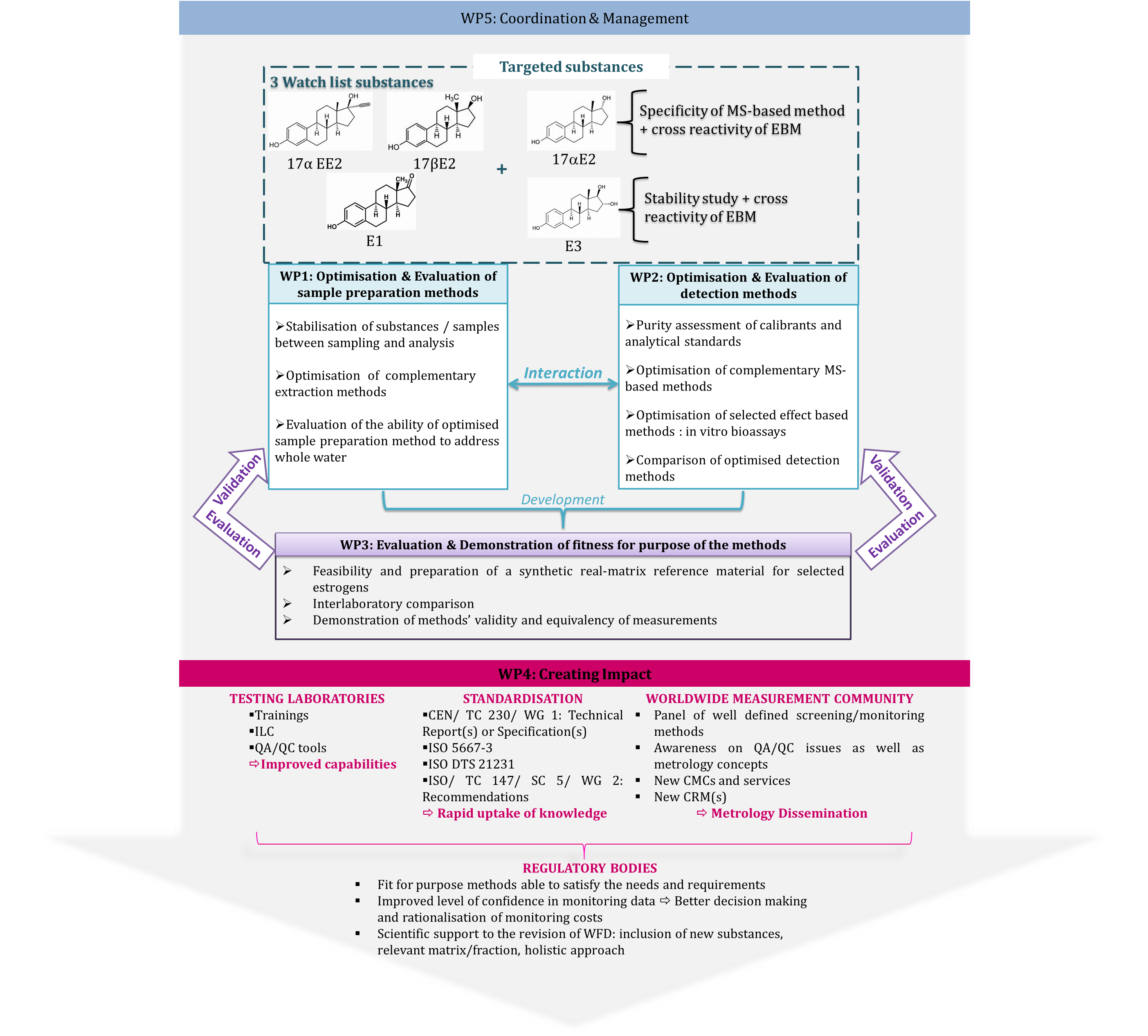
A LNE Joint Research Project


 The European Metrology Programme for Innovation and Research (EMPIR) has been developed as an integrated part of Horizon 2020, the EU Framework Programme for Research and Innovation. It is implemented by the European Association of National Metrology institutes EURAMET and is based on Article 185 of the Lisbon Treaty.
The European Metrology Programme for Innovation and Research (EMPIR) has been developed as an integrated part of Horizon 2020, the EU Framework Programme for Research and Innovation. It is implemented by the European Association of National Metrology institutes EURAMET and is based on Article 185 of the Lisbon Treaty.
Horizon 2020 aims to reinforce and extend the excellence of the EU’s science base and to consolidate the European Research Area in order to make the research and innovation system more competitive on a global scale.
The EMPIR programme has a duration of 10 years with 7 calls launched from 2014 to 2020. It is jointly funded by the EMPIR participating countries and the European Union.
It enables the collaboration of European metrology institutes (EURAMET members), industrial organisations/research centres and academia. EMPIR Joint Research Projects (JRPs) priorities are addressing the EU’s Grand Challenges in Health, Energy, Environment and Industry and are focusing on fundamental measurement science.
New calls integrated the EMPIR programme in 2015: Pre‐ and co‐normative research, Support for Impact, and Research potential.
It is known that estrogens may end up in surface waters via wastewater, and due to their physicochemical properties, they can partition in the different compartments (water and suspended particulate matter (SPM)) of water systems. Despite occurring at ultra-trace levels (below ng/L), it is believed that they are contributing to the large rise in the number of feminised fish and other endocrine disruptive effects. Moreover, they may be a factor in biodiversity loss. Therefore, appropriate measurement methods are necessary which allow estrogen levels below the environmental quality standard (EQS) to be monitored and to show if a water body is at risk.
The overall objective of this project is to develop traceable measurement methods for endocrine disrupting chemicals, with a specific focus on three estrogens of the first watch list (17-beta-estradiol (17βE2), 17‑alpha‑ethinylestradiol (17aEE2), and estrone (E1). Estrogens 17-alpha-estradiol (17aE2) and estriol (E3) will be included to demonstrate the reliability of the developed methods and to support the requirements of Directive 2013/39/EC, Directive 2009/90/EC and Commission Implementation Decision (EU) 2018/840, hence improving the comparability and compatibility of measurement results within Europe.
